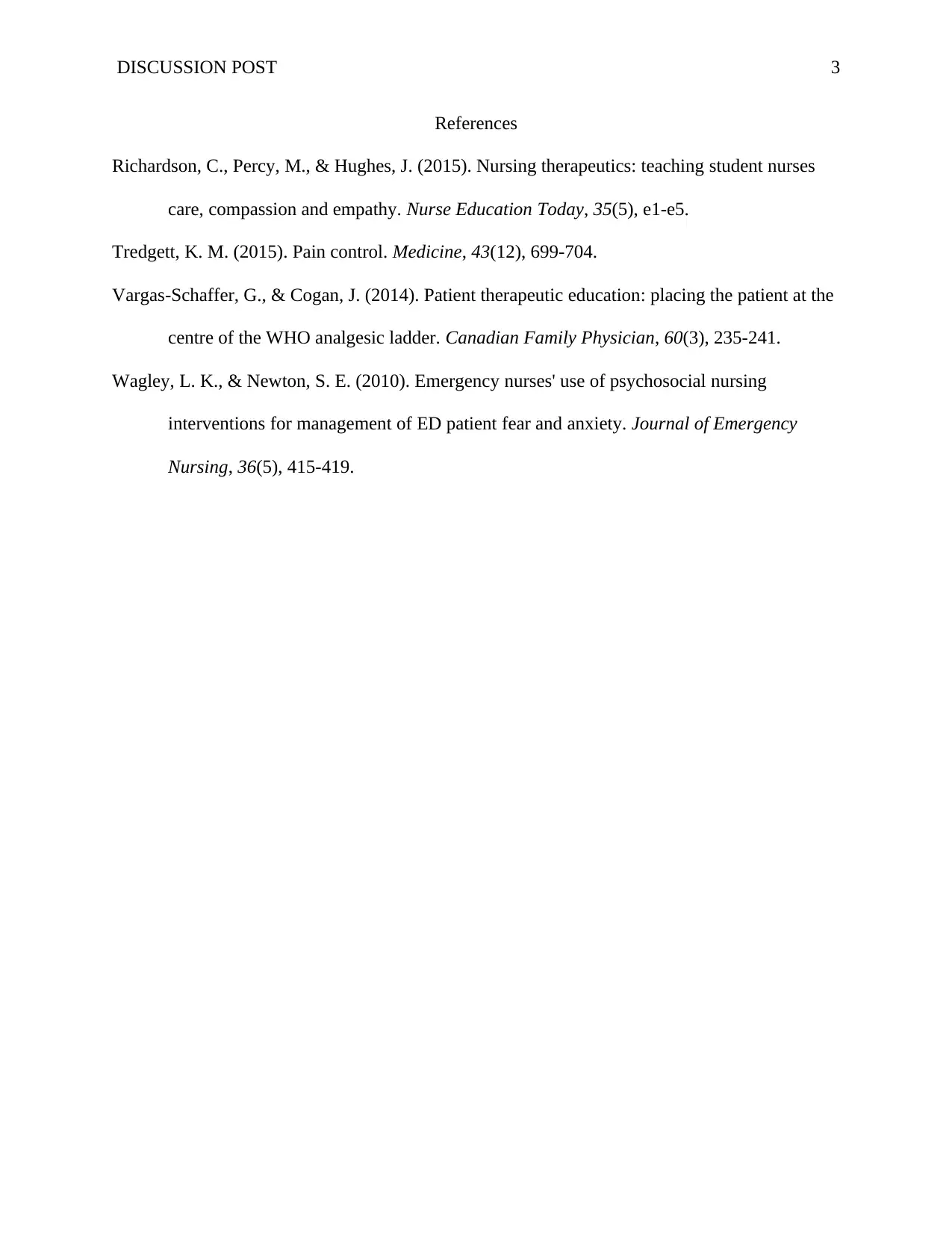DISCUSSION POST.
VerifiedAdded on 2022/11/24
|3
|498
|54
AI Summary
Discussion board reply post instructions attached it’s 300 words plus 2 references
Contribute Materials
Your contribution can guide someone’s learning journey. Share your
documents today.
1 out of 3
![[object Object]](/_next/static/media/star-bottom.7253800d.svg)






